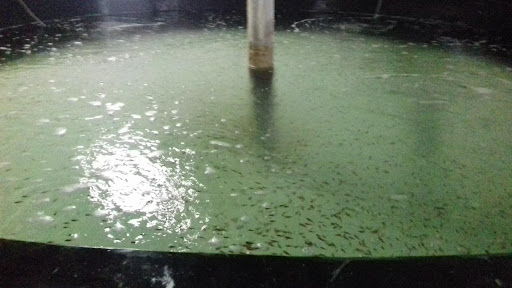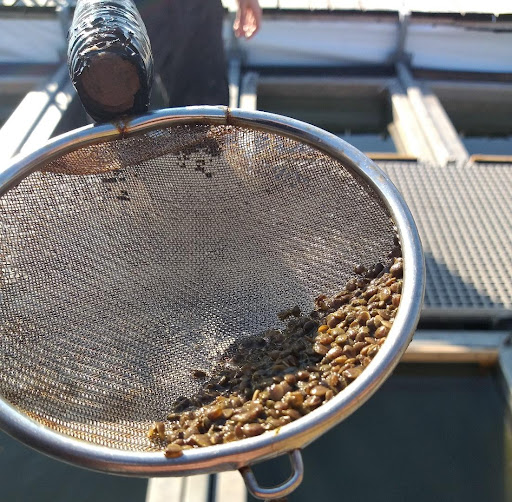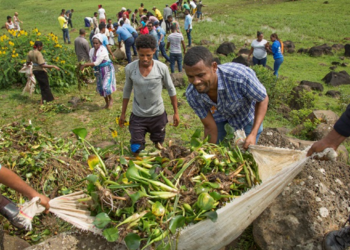Fishery Management Practices: releasing captive-bred native species into the wild – It may seem like good conservation practice to bolster threatened and key commercial populations of native fish by breeding them in captivity and releasing them into the wild. In fact, it has been standard practice for natural resource managers and fisheries for 150 years, according to a press release from the University of North Carolina at Greensboro (UNC Greensboro).
The numbers of captive-bred salmon released into the wild each year are staggering. In 2016, more than two billion hatchery-raised Pacific salmon were released in the U.S.
Considering how common the practice is for salmon, what if releasing other species of hatchery fishes into the wild? It is possible to replay the same practice for important species like Nile Perch in African lakes? Or for Rabbitfish in in East Africa’s coastal waters? And also for clams in Tunisia and sea urchins in South of Italy?


Many studies on resource management have confirmed that releasing captive-bred native species into the wild leads to really big economic and social local benefits. However, ecosystems are delicately balanced with regards to resource availability, and releasing large numbers of new individuals can disrupt that. Imagine moving 100 people into a studio apartment — that’s not a sustainable situation.
There is a belief that release programs are economically/ecologically beneficial because ‘release’ intuitively helps populations. This strong belief hindered the objective assessment of how hatchery releases impact ecosystems. However, ecosystems have a limited capacity to support species. If we release individuals beyond this capacity, it may harm the ecosystem.
In order to predict how mass releases of captive-bred fish influence wild species, the scientists used mathematical modelling. They used more than two decades of stream monitoring data from 97 Japanese rivers to test and confirm their projections.
Ecosystems depend on a delicate balance between plant and animal species and their environment, and too many individuals of a particular species can upset that equilibrium.
If we release hatchery fish into the environment beyond what the ecosystem can support, excessive competition for resources (e.g., food, habitat) may occur within the released species and with other species. This adversely impacts ecosystems.
A strong sustainable fisheries management plant should look at whether or not particular ecosystems can support new individuals before releasing them into the wild.
Hatchery programs should carefully consider the status of the receiving ecosystem. If degraded, it is unlikely that the ecosystem can support released individuals; rather, it will exacerbate the competition for limited resources that are already compromised. Hatchery programs are effective in limited situations — we should prioritize the conservation/restoration of the environment so that ecosystems can support healthy and sustainable populations.
Particularly, in areas where there is intense fishing activity and overfishing pressure and where a catch monitoring and data collection plan is in place, it is possible to restock the fish resource releasing hatchery fish in the same ratio, considering quantity of fry or fingerlings released, specie, season and so on.
This is precisely the case in systems such as Lake Victoria and surrounding lakes suffering from a fish crisis and in particular for Nile perch; certainly also with regard to the severe depletion of rabbitfish stocks in Kenya and the autochthonous short-necked clam in Tunisia and sea urchins in South of Italy.
The fishing of these four species can be monitored and thus and the same amount of organisms caught can be restocked.

Increased quantities of wild species could lift the economy of coastal communities in several African and Mediterranean contexts, at the same time activating hatcheries and supporting them through the production of species for restocking, means promoting aquaculture and supporting the sustainability of the entire value chain.
And above all, natural resource managers need to be working alternate priorities like habitat conservation.
Fishery Management Practices: releasing captive-bred native species into the wild









